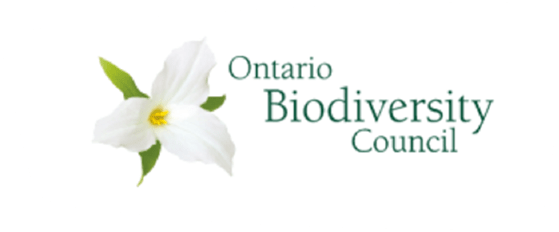
This strategic direction includes ways to maintain, restore and recover ecosystem function and protect species diversity.
Diverse ecosystems are more resilient to change. A healthy ecosystem can better withstand and recover from disturbance and stresses such as flooding, drought, extreme heat, invasive species and pollution. This helps maintain ecosystem services, like the regulation of air and water quality and protection from hazards and extreme events and also supports human health and well-being.

By 2025, priority restoration areas are identified and by 2030 efforts are underway to restore biodiversity to at least 30 per cent of priority areas.
By 2030 at least 30 per cent of terrestrial and aquatic ecosystems are conserved through well-connected networks of protected areas and conservation lands.

By 2030, the conservation of species and ecosystems in Ontario is improved.

A high level of biodiversity makes species and ecosystems stronger and more stable. For example, an ecosystem with a high amount of diversity can adapt better to a wide variety of conditions, like climate change, disease, and extreme weather.
The ability of an ecosystem or species to bounce back from a disturbance like a flood, insect infestation, or forest fire and return to a balanced state is what makes it resilient. A healthier and more diverse ecosystem tends to be more resilient, meaning it will cope with change and recover more quickly.
Our understanding of the links between health and biodiversity is increasing.
The One Health approach recognizes that the health of people is connected to the health of animals and the environment and works across sectors and around the world to improve human health, prevent the outbreak of zoonotic disease, improve food safety and security, and protect biodiversity. Many of the actions included in this strategy will protect and promote human health, while also conserving biodiversity.
There is a growing movement within the conservation community to protect biodiversity by granting it rights. Assigning rights to nature, or Mother Earth, would help to protect it legally, the same way that humans are protected by human rights laws.
Recognizing nature as an entity that needs to be protected could help shift our legal and financial systems from operating on the belief that nature is a resource for humans to own and exploit, to a more balanced and respectful approach that ensures sustainable use of natural resources, and would hold governments and corporations accountable for harming biodiversity.
Some efforts have been successful to grant legal rights to mountains, trees, rivers, or regions. In 2021, the Innu Council of Ekuanitshit and Quebec’s Minganie Regional County Municipality declared the Mutuhekau Shipu river a legal person. The river now has nine rights including: the right to live, exist, and flow, maintain biodiversity, be free from pollution, and to sue.
Many groups have argued that environmental degradation also impacts human rights, including the right to life, health, and water with court cases being heard in Australia, the Netherlands, and the United Nations. The United Nations Human Rights Council has declared that access to a “clean, healthy and sustainable environment” is a human right and the United Nations General Assembly declared that “everyone on the planet has a right to a healthy environment” and encouraged its member countries to include the right to a healthy environment in national constitutions, regional treaties, and laws.
Whether or not the rights of nature are formally recognized in Ontario in the future, it’s still a concept that is valuable to help frame our conservation decisions. As explained in the Universal Declaration on the Rights of Nature, “every human being is responsible for respecting and living in harmony with Mother Earth”.
Follow us on:
or send us an email at info@ontariobiodiversitycouncil.ca
©
2024 Ontario Biodiversity Council. All Rights Reserved.
Web design by Accurate.
Most of us know that spending time in nature is good for our physical and mental health. A long walk in a green space can lower our blood pressure and heart rate and there’s even evidence that patients in hospitals recover more quickly if they have windows that have a view of trees and nature.
Biodiversity is a:
Our understanding about the importance of biodiversity to our lives and to our health is increasing. Humans live within nature — we are a part of biodiversity — and our health is very closely linked to the health of our environment. Taking steps to keep our natural spaces healthy will keep us healthy too.

Follow Us
